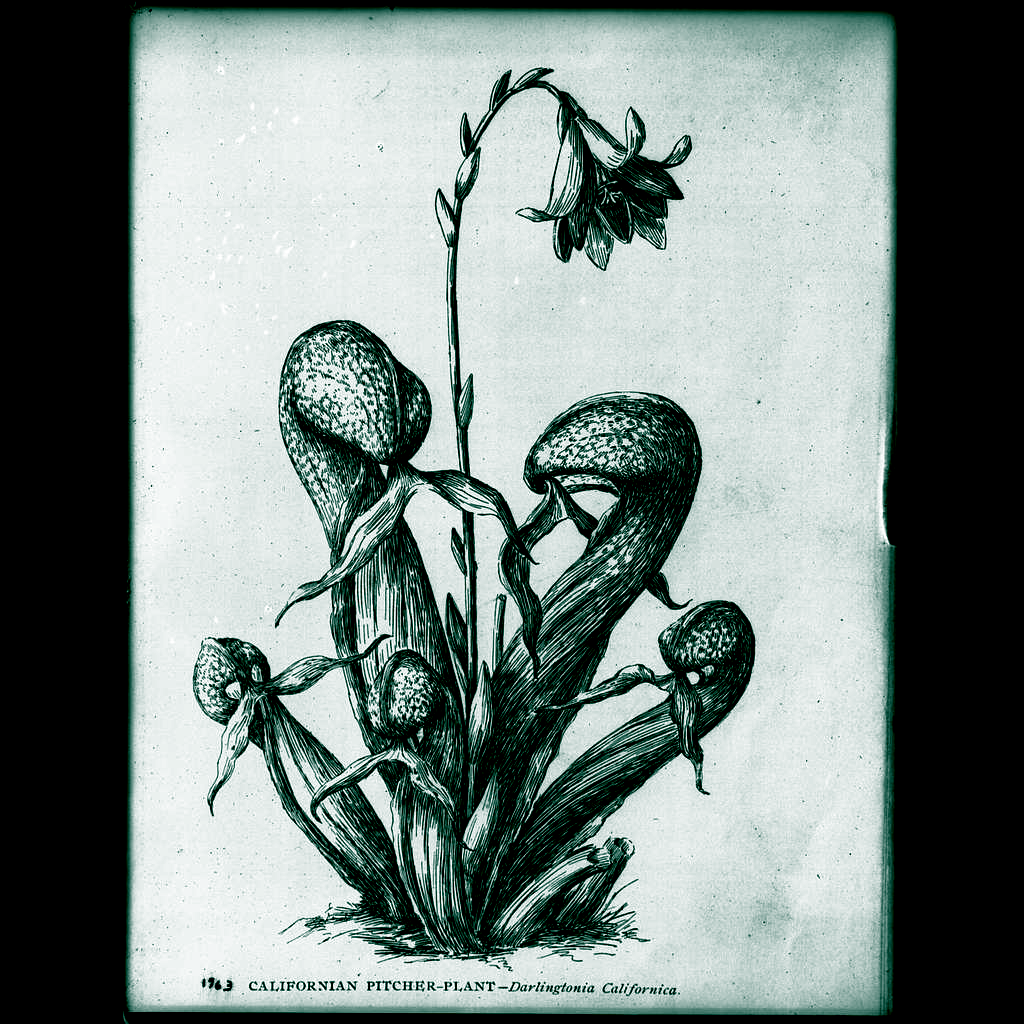About
The Darlingtonia Trail is named for the bog that it snakes around, filled with Darlingtonia californica, carnivorous pitcher plants. Called the cobra lily because their shape resembles an upright cobra, these plants lie in wait to strike at insects, their main source of nitrogen.
At the first platform on the trail, you can see the bog in full bloom. At peak season, its full of hundreds of these gorgeous pitcher plants, some with bright flowers growing out. A few miles from the bog, the Smith River churns along. The area is full of a mineral called serpentine, which is gray-green in color and gives the Smith its brilliant blue-green color. The weathering of the serpentine produces magnesium, silica, and iron in the soil. It reduces the levels of calcium, potassium, and aluminum. To get the nitrogen and phosphorus that the plants need, they turn to a different source: insects.
The pitcher plants have evolved to secrete nectar that attracts flies, ants, spiders, beetles, butterflies, and moths. They enter the plant and slide down into its long trumpet-shaped gullet, full of downward-facing hairs and slippery wall, becoming trapped at the bottom. There, the insect drowns and is slowly consumed by the plant. This is an extremely beautiful but extremely metal plant.
Speaking of metal, the area was extensively mined during and after the California Gold Rush. On the trail, you can also see a test mine shaft, probably dug to test for suitable minerals and metals to dig. They must not have found anything here, but the area has produced gold, chromite, and copper.
Related Tags
Know Before You Go
The Trail is located at Mile Post 17.9 on Highway 199 in Gasquet, California. There is parking at the trailhead, it’s short and level. The viewing platforms are wheelchair accessible. There is poison oak in this area so stay on the trail and don’t touch anything.
Community Contributors
Added By
Published
August 8, 2023











































